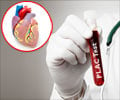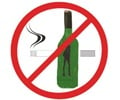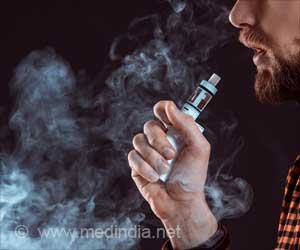
‘Awareness around cutting down, rather than quitting altogether, is a viable goal that may also encourage more people who drink heavily to seek treatment.’
Tweet it Now
The large COMBINE clinical trial examined combinations of medications and behavioral interventions, used over 4 months, for treating alcohol dependence. One measure of alcohol intake was the World Health Organization (WHO) drinking risk level, which defines five risk levels based on a standard drink containing .6 fluid ounces (oz) or 14 grams (g) of ethanol per day (equivalent to 1.5 oz of 80 proof liquor, 12 oz of 5% beer, or 5 oz of 12% wine): abstinence(no intake), low risk(1-40 g/up to ~3 standard drinks in persons who are biologically male, 1-20 g/~1.5 drinks in persons who are biologically female), medium risk(41-60 g/up to ~4 drinks in males, 21-40 g/up to ~3 drinks in females), high risk(61-100 g/up to ~7 drinks in males, 41-60 g/~4 drinks in females), and very highrisk (101 g/+7 drinks in males, 61 g/+4 females). Most participants were in the ‘very high risk’ category before treatment, but reduced their drinking by at least two levels during treatment. In a new analysis of the study data, researchers examined whether reductions in drinking level were maintained 1 year after treatment ended, and were linked to improved functioning. They found that almost nine out of 10 patients with a one-level (or greater) reduction by the end of treatment maintained this one year later. So too did almost eight out of 10 patients with a two-level (or greater) reduction. A reduction in the WHO risk level was also associated with better physical health (lower blood pressure and liver enzyme levels), and fewer drinking-related consequences, through 1 year post-treatment.
These new data show that a reduction in WHO risk drinking level is a meaningful and sustainable measure, and appropriate for use in future clinical trials of new treatment approaches and in clinical care.
Source-Newswise














